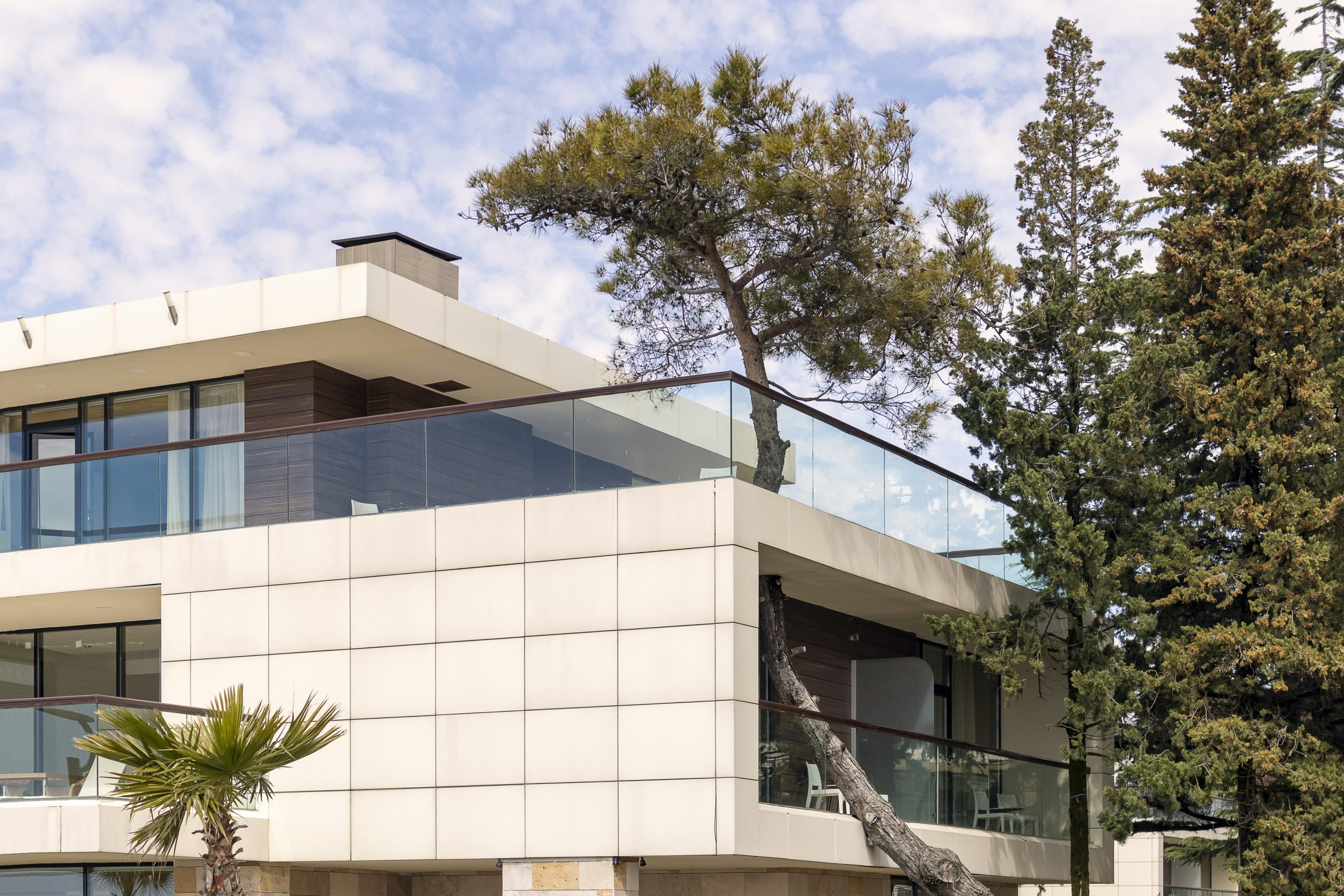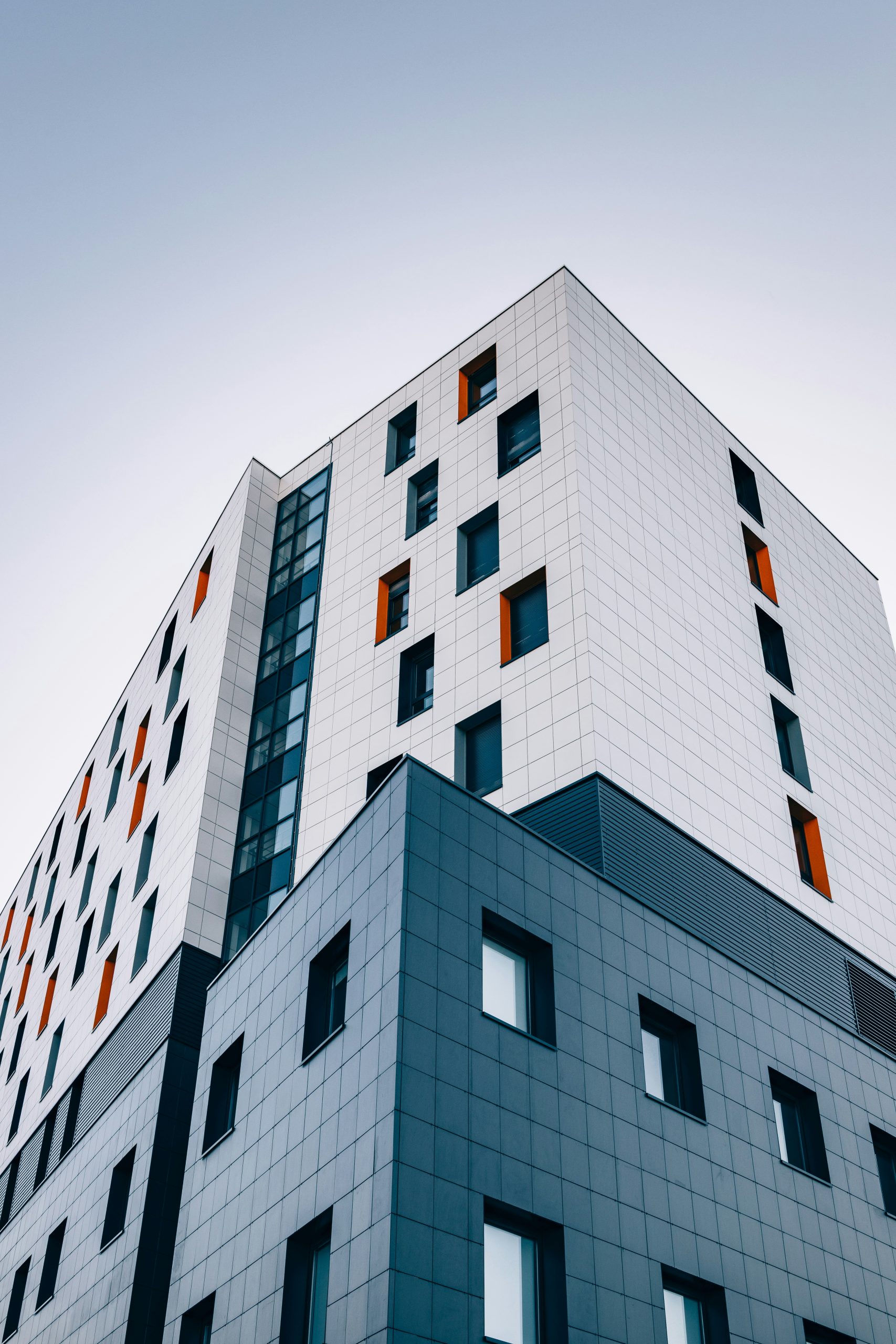In the heart of our rural communities, sustainable architecture is transforming lives and landscapes. By focusing on eco-friendly building practices and materials, we are creating homes and public spaces that blend seamlessly with their natural surroundings while minimizing environmental impact. This approach not only preserves the beauty of our countryside but also promotes economic growth, improves living conditions, and fosters a deeper sense of community. Through sustainable architecture, we are laying the foundation for a brighter, greener future in our rural areas.
Learn more about how sustainable architecture is reshaping our rural development and the positive changes it brings to our communities. Have you ever wondered what role sustainable architecture plays in rural development? We often hear about urban areas adopting green practices and sustainable designs, but what about the places that aren’t bustling cities? Let’s take a closer look at how sustainable architecture can transform rural development and bring numerous benefits to these areas.

Understanding Sustainable Architecture
What is Sustainable Architecture?
Sustainable architecture involves designing and constructing buildings in such a way that minimizes environmental impact. This includes using eco-friendly materials, maximizing energy efficiency, and considering the building’s entire lifecycle. Sustainable architecture isn’t just a trend; it’s a necessity for keeping our planet healthy.
Why Does It Matter in Rural Development?
Rural areas face unique challenges such as limited infrastructure, lack of resources, and economic constraints. By implementing sustainable architecture, we can address these challenges while promoting environmental health and improving the quality of life for residents.
Benefits of Sustainable Architecture in Rural Development
Environmental Impact
One of the key reasons we need sustainable architecture in rural areas is its positive impact on the environment. By using materials that are locally sourced and environmentally friendly, we can reduce carbon footprints significantly. Additionally, designs that maximize natural light and ventilation can reduce the need for artificial heating, cooling, and lighting.
Economic Benefits
Cost-effectiveness is crucial for rural development. Sustainable buildings often come with lower operating costs because they are more energy-efficient. Additionally, using local materials and labor can boost the local economy, providing new job opportunities and encouraging community growth.
Social and Cultural Benefits
Sustainable architecture isn’t just about buildings; it’s about creating spaces that improve community well-being. By involving local communities in the design and construction processes, we ensure that the buildings meet their specific needs and respect cultural heritage.
Key Elements of Sustainable Architecture
Energy Efficiency
Energy-efficient buildings are designed to reduce energy consumption. This can be achieved through passive solar design, proper insulation, and the use of energy-efficient appliances. For rural areas, this means lower energy bills and a reduced reliance on external power sources.
Water Conservation
Water conservation is another critical element. Techniques like rainwater harvesting and greywater recycling can be incredibly beneficial in areas that experience water scarcity. This ensures a sustainable water supply for both domestic and agricultural uses.
Use of Local and Sustainable Materials
Using locally sourced materials reduces transportation costs and carbon emissions. Moreover, it supports local economies and ensures that the buildings are well-suited to the local climate and conditions.
Waste Reduction
Construction waste can be a significant environmental burden. Sustainable architecture focuses on creating less waste from the outset and using materials that can be recycled or repurposed.
Case Studies: Success Stories in Rural Sustainable Architecture
The Huning Highlands Project
In New Mexico, the Huning Highlands project successfully blended sustainable practices with historic preservation. By using locally sourced adobe brick, the project not only saved costs but also stayed true to the area’s heritage.
The Earthship Community in Taos
The Earthship community in Taos, New Mexico, is another excellent example. These homes are built using recycled materials like tires and bottles and are designed to be completely off-grid, with systems for solar power and water recycling.

Challenges in Implementing Sustainable Architecture in Rural Areas
Financial Constraints
One of the biggest hurdles is the initial cost. Sustainable materials and technologies can be expensive upfront, which might be a deterrent for rural communities with limited financial resources.
Lack of Expertise
There might also be a lack of expertise in sustainable building practices in rural areas. Training and education are essential to equip local builders and architects with the necessary skills.
Government Regulations and Support
Government policies can either be a help or a hindrance. Supportive regulations and incentives are crucial for encouraging sustainable practices. On the flip side, bureaucratic red tape can delay or complicate projects.
Community Resistance
Sometimes, communities are resistant to change, especially if the new practices deviate significantly from traditional methods. Therefore, community involvement and education are key to implementing sustainable architecture successfully.
How to Promote Sustainable Architecture in Rural Development
Education and Training
Education is the cornerstone of any sustainable initiative. Offering training programs and workshops can equip local builders and architects with the necessary skills to implement sustainable practices.
Government Incentives
Governments can play a significant role by offering incentives such as tax breaks, grants, and subsidies. These financial aids can help offset the initial costs of sustainable building materials and technologies.
Community Involvement
Getting the community involved from the get-go ensures that projects meet local needs and have community support. This can be achieved through town hall meetings, surveys, and participatory design processes.
Collaboration with NGOs and Private Sector
Non-governmental organizations (NGOs) and the private sector can also contribute significantly. Collaboration can help in terms of both financial support and technical expertise.

Future Prospects of Sustainable Architecture in Rural Development
Technological Advancements
As technology advances, the cost of sustainable materials and technologies is likely to decrease, making it more accessible for rural communities. Innovations such as 3D printing and modular designs can revolutionize rural construction.
Policy Changes
More and more governments are recognizing the importance of sustainable practices. Future policies are likely to be more supportive, providing the necessary framework for widespread adoption of sustainable architecture.
Global Sustainability Goals
With global focus shifting towards achieving sustainability goals, rural areas will also come under the umbrella. This global momentum can provide both the push and the resources needed for rural communities to adopt sustainable architecture.
Increased Awareness
With growing awareness about environmental issues, communities themselves are more likely to opt for sustainable solutions. This shift in mindset will play a crucial role in the future of rural development.
Conclusion
So, what is the role of sustainable architecture in rural development? It’s multifaceted. Sustainable architecture can provide environmental, economic, and social benefits that are crucial for the development of rural areas. While challenges exist, they are not insurmountable. With concerted efforts from governments, communities, and various organizations, sustainable architecture can indeed pave the way for a brighter, greener future for rural areas.
By integrating sustainable practices, we can ensure that rural development is not only about economic growth but also about creating a harmonious relationship between inhabitants and their environment. So, let’s take this journey towards sustainable development together, for the sake of our planet and future generations.



